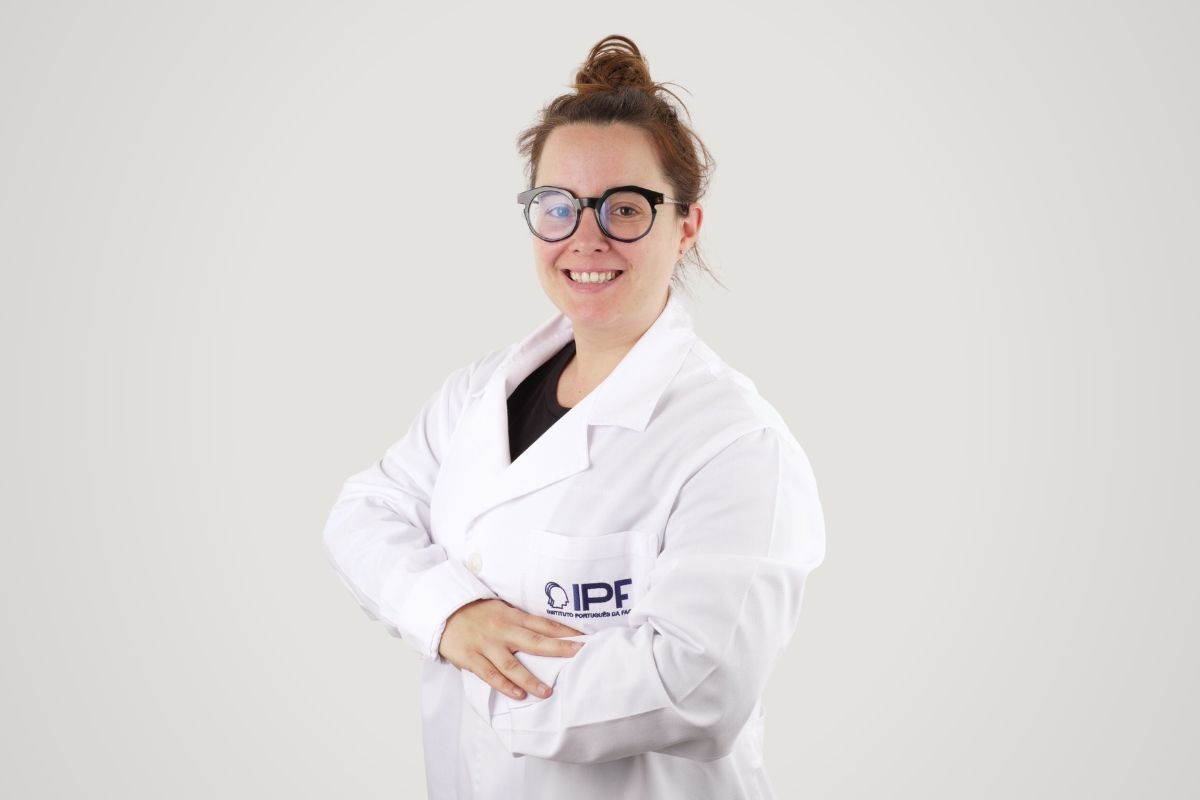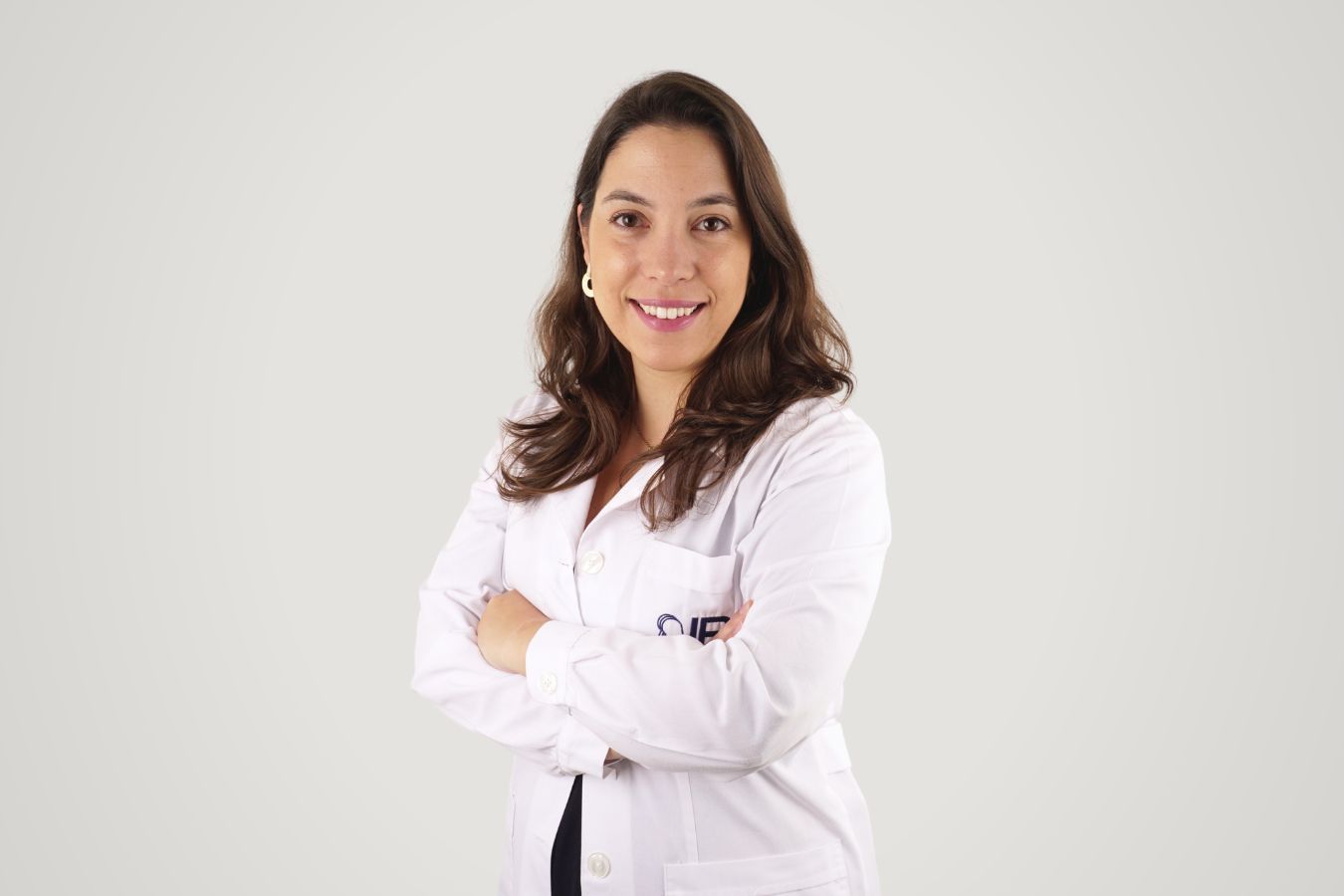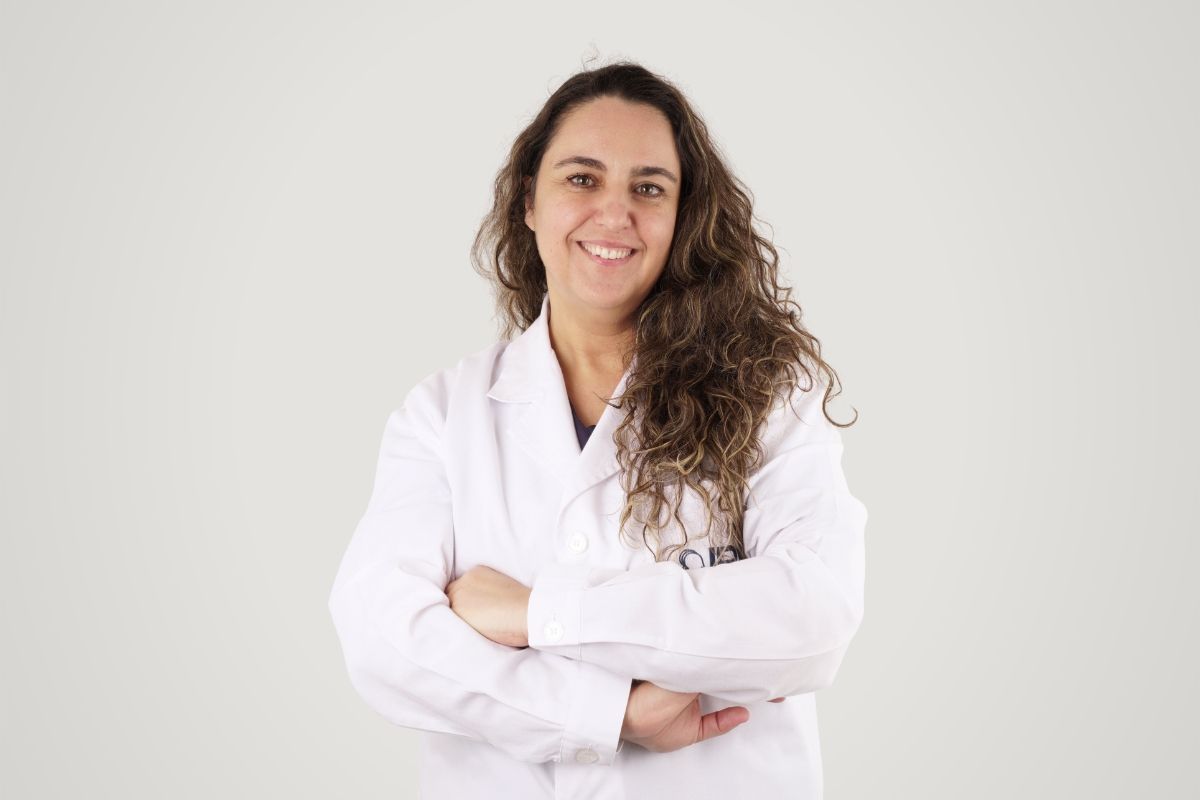dental medicine
DEPARTEMENT OF DENTAL MEDICINE
The mission of the Instituto Português da Face's Dental Medicine Department is to diagnose, treat and rehabilitate all conditions related to
oral and maxillofacial health. We work in various areas of dentistry, from treatment to the aesthetic and functional rehabilitation of our
patients. We have a multidisciplinary team that allows us to approach each case in an integrated and personalised way, guaranteeing the
best results in all specialities, such as dentistry, endodontics, periodontology, oral surgery and orthodontics, among others.
ORTHODONTICS
Orthodontics is a specialty within dental medicine aimed at preventing and correcting misaligned teeth and jaw positions. Beyond improving aesthetics, it also enhances oral function, self-esteem, and overall well-being.
WE TREAT A VARIETY OF ORTHODONTIC ISSUES, INCLUDING
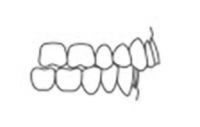
Overbite

Diastema (gaps between teeth)

Misalignment

Deep bite
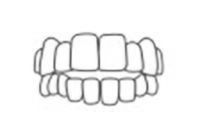
Open bite

Prognathism
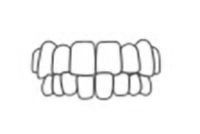
Crossbite
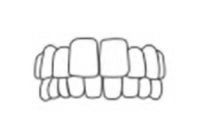
Dental midline divergence
CAUSES OF ORTHODONTIC PROBLEMS
The causes of orthodontic problems are varied and can include:
- Hereditary factors;
- Parafunctional habits (e.g., thumb sucking, prolonged use of pacifiers...);
- Functional issues (e.g., poor tongue positioning, mouth breathing...).
Since the causes of orthodontic problems are diverse, it is important to conduct an accurate diagnosis of the patient's situation.
BENEFITS OF ORTHONDONTIC TREATMENT
- Aesthetic improvement of the smile and face;
- Increased self-esteem;
- Better dental hygiene;
- Improved gum health;
- Decreased risk of dental cavities;
- Good masticatory and muscular function;
- Balance and stability of the temporomandibular joint.
ORTHODONTIC TREATMENT
Over the years and as dentistry has evolved, various orthodontic techniques have been developed to ensure the best treatment for the patient. Orthodontic treatments aim to
correct changes in dental occlusion and depend on various factors, lasting between a few months and several years, depending on each case. For each patient, it is necessary to carry out a rigorous clinical study of the case - an orthodontic study - where specific radiographic examinations will be carried out, such as a lateral teleradiography, extra- and intra-oral photographs and dental moulds with an intra-oral scanner. After this, the dentist will present you with the best solution for your case:
CONVENCIONAL BRACES - BRACKETS
Dental correction can be carried out using conventional fixed orthodontic braces with brackets. In this type of treatment, tooth movement is achieved by placing brackets and metal arches.
Treatment check-ups are held every month and the total duration of treatment varies according to each case.
INVISABLE ALIGNERS
Invisible aligners are braces that correct dental malpositions by applying low-intensity forces. The treatment consists of a sequence of plastic, transparent and removable drops.
A major advantage of treatment with aligners is that the patient can visualise a virtual 3D preview of what the final result of their smile will look like even before treatment begins.
The aligners must be worn continuously and the patient can remove the aligners to eat, drink and carry out their daily oral hygiene routine. Treatment is monitored at regular visits to the dentist, where the patient will be provided with the next aligners, in varying numbers.
ORTHODONTICS AND ORTHOGNATHIC SURGERY
In some cases, just using braces to correct the dental problem may not be enough if the problem is also skeletal, i.e. in the jaws. In these cases, at the Instituto Português da Face, orthodontics works in conjunction with orthognathic surgery, developing an orthodontic-surgical treatment.
This treatment involves the extraction of wisdom teeth followed by orthodontic treatment prior to surgery, the length of which varies from case to case. Once the pre-surgical orthodontic preparation phase has been completed, the patient will undergo jaw surgery, followed by an orthodontic finalisation phase. Correcting dento-maxillo-facial deformities therefore always involves teamwork between the orthodontist and the surgeon.
DENTISTRY
When teeth suffer damage caused by
decay or
trauma, it is in the area of dentistry that solutions can be found to restore their shape, function and aesthetic appearance. This speciality of dentistry is dedicated to restoring the integrity of teeth, restoring their health and natural appearance.
WHAT IS IT?
Dentistry is often the gateway to dentistry for patients, and is often associated with the usual ‘dental check-up’. This speciality plays a fundamental role in initiating treatment plans, liaising with other areas of dentistry when necessary.
It focuses mainly on the recovery and restoration of damaged teeth, whether due to decay or trauma, seeking to restore their original shape, colour and function. By restoring the integrity of the tooth, dentistry contributes not only to effective chewing, but also to improving the patient's breath, comfort and self-esteem.
In cases where the lesions are more severe, the collaboration of other specialities may be necessary, such as Endodontics, Fixed Prosthesis, Removable Prosthesis or Implantology.
ORAL SURGERY
Oral Surgery is one of the broadest specialities in Dentistry, dedicated to the prevention, diagnosis and treatment of diseases, injuries and alterations affecting the oral cavity and its directly related structures.
WHAT IS IT?
Oral surgery is the speciality of dentistry that deals with the surgical procedures necessary to remove teeth that can no longer be preserved in the oral cavity.
Although wisdom tooth extraction is one of the most common interventions in this area, it also covers cases such as:
- Teeth with deep and irreparable decay;
- Teeth without sufficient bone support;
- Included or supernumerary teeth.
In addition, tooth extraction may be indicated in situations where it is necessary to create space in the dental arch, as part of a broader treatment plan.
SURGICAL EXTRACTIONS OF WISDOM TEETH
Included teeth are those that fail to erupt and remain trapped in the bone. When they are not removed, the pressure exerted by the attempt to erupt them can cause various complications in the oral cavity, such as cavities in adjacent teeth, changes in sensitivity, inflammation of the gums, misalignment of the teeth and even the development of cysts or tumours.
Wisdom teeth, being the last to develop, are the ones that most often remain included in the jaws. In many cases, even when they partially erupt, they are incorrectly positioned in the arch and also need to be extracted.
ENDODONTICS
Popularly known as "devitalisation", it is a conservative treatment whose main objective is to preserve the tooth, avoiding its extraction in cases of infection or damage to the dental pulp.
WHAT IS IT?
Endodontics is the speciality of dentistry responsible for preserving teeth through the prevention, diagnosis and treatment of problems affecting the dental pulp and the tissues around the root. Treatment consists of removing the compromised pulp, followed by cleaning, preparing and filling the canals with a biocompatible material, with the aim of preventing bacterial proliferation.
After devitalisation, it is essential to
restore the tooth with a crown or other type of reconstruction in order to restore its function and strength.
WHEN TO DO IT?
- When the pulp of the tooth is severely inflamed, causing intense and continuous pain (pulpitis);
- When the pulp loses its vitality (necrotic pulp), affecting the tissues around the root and possibly causing inflammation, cysts or abscesses;
- When the tooth needs to be kept as a support structure for the placement of a fixed prosthesis.
PERIODONTOLOGY
Take care of your
gums to prevent discomfort, bleeding and the risk of losing teeth.
WHAT IS IT?
Periodontology is the specialty of Dentistry focused on the care of the tissues that support the teeth, such as the gums, bones, and the ligament that connects the tooth to the bone, known as the periodontal ligament.
Gingivitis, which is the inflammation of the gums, represents the initial phase of periodontal diseases and occurs quite frequently. If left untreated, gingivitis can progress to a more severe condition called
periodontitis, which involves inflammation and infection of the bone. This infection, caused by bacteria, can result in the loss of bone and the ligament that holds the tooth in the jaw, potentially leading to mobility and even loss of the tooth if not treated in time.
HOW TO PREVENT PERIODONTAL DISEASE?
The best way to prevent dental issues is to brush your teeth twice a day for at least 2 minutes, using a manual or electric toothbrush. The brush should be positioned so that the bristles reach the gum line, which is the space between the gums and the tooth. It is important to brush all surfaces of the teeth: the outer (next to the lips and cheeks), the inner (areas near the tongue and the palate), and the chewing surface.
In addition to brushing, it is essential to complement oral hygiene with the daily use of
dental floss or tape, or with
interdental brushes, to effectively clean between the teeth.
ORAL REHABILITATION
Restore the functionality, comfort and aesthetics of your smile by replacing missing teeth with
dental prostheses.
WHAT IS IT?
Oral Rehabilitation is the speciality of Dentistry dedicated to the replacement of missing teeth, seeking to recreate the natural dentition as realistically as possible. Its main aim is to restore the patient's chewing ability, speech and aesthetic appearance.
Among the treatment alternatives available are
crowns and
fixed or
removable dental prostheses, which can be total or partial, depending on the needs of each case.
THE ADVANTAGES
Fixed Prostheses
- They are used to cover and restore teeth that have suffered partial or total destruction;
- They make it possible to protect devitalised, fractured teeth or teeth with extensive restorations by placing crowns;
- They can also be used to improve the appearance, shape or alignment of teeth in the dental arch.
Removable prostheses
- They have the advantage of being easily removed and placed by the patient themselves, facilitating oral hygiene;
- They rest directly on the gums or adjacent teeth;
- They come in different types: they can be acrylic or metal (skeletal), and can replace part of the dentition (partial) or all of the teeth (total);
- In certain situations, removable prostheses can be stabilised with the support of dental implants.
Crowns
- A highly safe and long-lasting option;
- They reinforce weakened teeth or teeth with compromised structure, restoring their strength;
- They contribute to the aesthetic improvement of the smile by correcting the shape, alignment and appearance of the teeth;
- When properly cared for and depending on the type of material used, crowns can remain functional and aesthetically pleasing for many years, and can even last a lifetime.
DENTAL AESTHETICS
Small corrections to your teeth that help you regain a harmonious and natural smile, promoting greater self-confidence, well-being and
personal satisfaction.
WHAT IS IT?
Aesthetic Dentistry is a speciality of dental medicine focused on improving the appearance of teeth through various treatments. It works to
correct broken, decayed and stained teeth, to close diastemas (gaps between teeth) and to whiten teeth.
Using advanced techniques and modern materials, this area allows discreet but effective improvements to be made, giving patients back a
more harmonious and natural smile, with a positive impact on their self-esteem and confidence.
TOOTH WHITENING
This is an aesthetic treatment that aims to
lighten the colour of teeth, giving them a whiter, brighter appearance.
AESTHETIC VENEERS
Aesthetic veneers are thin coatings made of ceramic or composite resin that are applied to the surface of
natural teeth in order to improve their shape and colour. They represent a highly aesthetic and minimally invasive solution for correcting various dental problems and, in many cases, are used in conjunction with tooth whitening treatments for even more harmonious results.
FREQUENTLY ASKED QUESTIONS
CAN ADULTS ALSO STRAIGHTEN THEIR TEETH?
Yes. Anyone with orthodontic issues can benefit from appropriate orthodontic treatment in adulthood for their specific case.
Do orthodontic appliances cause pain?
Not always. When the size of the dental arch and the size of the teeth are not compatible, tooth extraction may be necessary. Therefore, careful analysis of each case is essential and fundamental.
Is it necessary to extract teeth to use braces?
Not always. When the size of the dental arch and the size of the teeth are not compatible, tooth extraction may be necessary. Therefore, a careful analysis of each case is essential and fundamental.
Can one practice sports with fixed equipment?
Yes. However, in the case of contact sports (e.g., rugby, handball, judo, soccer), individualized protection should be used to prevent soft tissue injuries.
CAN I USE INVISIBLE DEVICES DURING PREGNANCY?
Yes. During pregnancy, maintaining good dental health is essential for the well-being of both the mother and the developing baby. Invisible orthodontics uses aligners that do not require frequent adjustments or exposure to X-rays, which provides greater comfort and peace of mind during pregnancy.
CAN I WHITEN WITH BRACES?
If you are undergoing orthodontic treatment with conventional braces, the answer is no. If you are using invisible aligners, the answer is yes.
To carry out whitening, the surfaces of the teeth must be clean and free of any debris.






